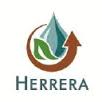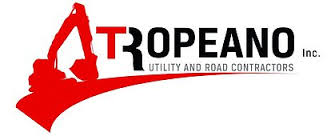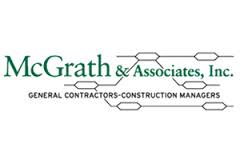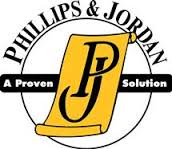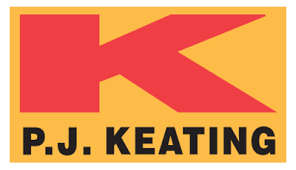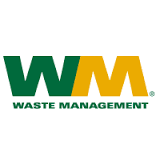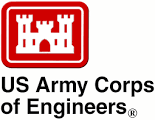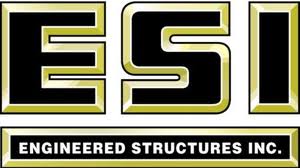News
EPA Issues Administrative Order Requiring Start of Gowanus Canal Superfund Site Cleanup
Jan 28, 2020
NEW YORK (January 28, 2020) Today, the U.S. Environmental Protection Agency (EPA) announced the issuance of an administrative order requiring the start of the cleanup of the Gowanus Canal Superfund site in Brooklyn, New York. This is a major milestone in the cleanup of the site. The order, which covers both the cleanup of the upper canal – denominated as Remediation Target Area (RTA) 1 – and the 1st Street turning basin, is based on years of detailed engineering, scientific studies and design work. The work required by the order involves full-scale dredging and capping of RTA 1, as well as restoration of the 1st Street turning basin. This important work is estimated to cost $125 million and is expected to take about 30 months to complete. EPA and the New York State Department of Environmental Conservation (NYSDEC) are coordinating closely on the cleanup of the Gowanus Canal and the surrounding area. The NYSDEC has primary responsibility for addressing contamination at the upland properties adjacent to the Canal.
“This order will ensure the remediation of a portion of the heavily-contaminated waterway, which is the centerpiece of a revitalized neighborhood,” said EPA Regional Administrator Pete Lopez. “By addressing Superfund sites in densely populated urban areas such as the Gowanus Canal, EPA is protecting public health and the environment while supporting Brooklyn’s continued economic redevelopment.”
“We’ve come a long way to achieve this significant milestone in cleaning up the Gowanus Canal. With pilot dredging tested, full-scale dredging, capping and restoration of the canal can proceed, starting with the first third of the canal,” said U.S. Representative Nydia M. Velázquez. “We are on an ambitious timeline for cleanup as compared to other Superfund sites throughout the nation. Most importantly, we are cleaning up Gowanus the right way, in a manner respectful of community needs, and responsible parties are shouldering the cost. I would like to thank all the EPA regional staff for their tireless work for the health and benefit of Brooklyn and New York.”
The remediation of RTA 1 is the first of three areas of the Canal that are targeted for cleanup. The restoration of the contaminated filled-in former 1st Street turning basin will serve as the primary wetlands area for mitigating or offsetting incremental encroachment into the Canal created by construction of deeper and more robust bulkheads along the Canal that are needed to allow dredging to take place at the necessary depths. The start of dredging required by the order is currently scheduled for September 2020, contingent on completion of bulkhead upgrades.
EPA, NYSDEC and the New York State Department of Health will be overseeing the work, which includes plans for community health and safety monitoring. The order is being issued to six parties that EPA determined have the largest shares of responsibility for the contamination at the Gowanus Canal site: Brooklyn Union Gas Co. d/b/a National Grid New York; the City of New York; Consolidated Edison Co. of New York, Inc.; Hess Corp.; Honeywell International Inc. and The Brooklyn Improvement Co. EPA is seeking to enter into cost recovery settlements with about 30 other private and federal government entities that have significantly smaller shares of responsibility.
More than a dozen contaminants, including polycyclic aromatic hydrocarbons (PAHs), polychlorinated biphenyls (PCBs), and heavy metals, including mercury, lead and copper, are present at high levels in the Gowanus Canal sediment. The cleanup plan for the Gowanus Canal Superfund site includes dredging to remove contaminated sediment from the bottom of the Canal, which has accumulated because of industrial and combined sewer overflow (CSO) discharges. Following dredging, construction of a multilayer cap in dredged areas will isolate and prevent migration of any remaining chemicals in the deep native sediments. Certain areas of the native sediment, below the original canal bottom, that contain mobile liquid tar and are too deep to excavate will be mixed with cement and solidified to prevent the migration of the tar into the water of the Canal. Controls to reduce CSO discharges and prevent other land-based sources of pollution, such as street runoff, from compromising the cleanup are also included in the cleanup plan.
The Superfund program has been providing important health benefits to communities across the country for nearly 40 years. Superfund cleanups also strengthen local economies. Data collected through 2017 shows that at 487 Superfund sites in reuse, approximately 6,600 businesses are generating $43.6 billion in sales and employ 156,000 people who earned a combined income of $11.2 billion.
To view EPA’s administrative order for the site, please visit: https://semspub.epa.gov/src/document/02/586740
Learn more about the Gowanus Canal Superfund site here: www.epa.gov/superfund/gowanus-canal
Recommend for any person looking to renew their CESCL





